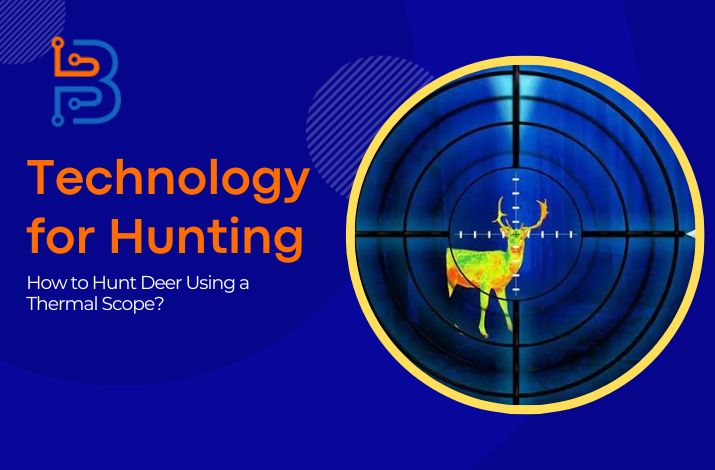Key Components of an Effective IT Strategy

An IT strategy has become the most important element for corporations to succeed in the development age. A strong information technology plan is vital for organizations to stay competitive and agile in today’s marketplace. Businesses can use the potential of this approach to pave the road to success and thrive in the marketplace. Moreover, this method not only optimizes operations but also enables innovation, creativity, and growth inside the company.
In this article, we will tell you bout some effective components of an IT strategy.
What is an IT Strategy?
An IT strategy is a complete plan outlining how a business makes use of technology to achieve its tech-related objectives. It serves as a roadmap that aligns IT industries with the company’s overall vision, mission, and techniques. Moreover, it guides the use, control, and deployment of technology resources to assist and improve the agency’s operations and growth.
Most Critical Components of an Effective IT Strategy
Businesses that are seeking success and implementing IT strategy need to know its crucial components for effective and accurate implementation. Here, you will get to know some key components of an effective IT strategy:
- Alignment with Business Goals
- Clear Vision and Roadmap
- Cybersecurity and Risk Management
- Scalable and Flexible Infrastructure
- Innovation and Technology Adoption
- IT Governance and Compliance
- Data Management and Analytics
- Continuous Improvement and Adaptability
- Collaboration and Communication
- Talent Development and Skills Enhancement
Alignment with Business Goals
Firstly, you need to align this effective approach with overall business objectives and goals to acquire them in time. Moreover, the foundation of an effective IT strategy lies in its alignment with the business objectives. IT leaders should understand the company’s objectives, goals and missions to develop a strategy that supports them. It does not matter whether it is improving operational efficiency or enhancing customer experiences, this strategy will help entrepreneurs.
Clear Vision and Roadmap
Well-defined visions and roadmaps frame of where the organization is heading with its technology industries are crucial for the company. This includes outlining short-term and long-term goals, prioritizing projects, and establishing timelines and milestones to stay competitive. Furthermore, a clear roadmap assists businesses in resource allocation, budgeting, and measuring progress toward objectives to acquire them.
Cybersecurity and Risk Management

Integrating robust cybersecurity measures into the IT strategy is imperative in an era of increasing cyber threats. This includes proactive risk assessment, enforcing protection protocols, ordinary audits, and fostering a tradition of safety awareness among employees. In addition, these types of components assist companies in mitigating dangers and protecting sensitive data from cyber threats. By doing so, you may be able to make your personal and customer information safe from cyber threats.
Scalable and Flexible Infrastructure
An effective IT strategy accounts for scalable and flexible infrastructures that adapt to evolving business requirements and technological advancements. This might involve cloud-based solutions, virtualization, or agile methodologies to ensure that the IT infrastructure remains responsive and adaptable. Moreover, these types of approaches help businesses adopt advanced technologies for a better future and to acquire success. This is the way in which businesses can reinforce strategies to pave the road to long-term success.
Innovation and Technology Adoption
You should understand that embracing innovation and staying updated on emerging technologies is key to maintaining a competitive edge. Further, this is the method to embark on advanced technologies for a better future and success in the long run. IT techniques must encompass the evaluation, adoption, and integration of new technology, including Artificial Intelligence and the Internet of Things (IoT). In addition, they will encompass data analytics that can power efficiency, improve approaches, and create new business possibilities.
IT Governance and Compliance
Establishing sturdy governance frameworks and making sure compliance with enterprise guidelines and requirements are vital elements of a powerful IT strategy. This entails defining roles and responsibilities, organizing regulations and tactics, and adhering to legal and regulatory requirements. In this way, companies can have the capacity to reduce dangers and ensure accountability within the enterprise. Moreover, this way is the one in which businesses can efficiently manage the information technology depart.
Data Management and Analytics
Data has become a strategic asset for organizations that are seeking to thrive in the market. A robust IT strategy includes plans for effective data management, storage, and analysis to manage larger sets of data. Leveraging data analytics tools and methodologies enables companies to derive valuable insights, make informed decisions, and create customized customer experiences. Further, you’ll have the functionality to read and manage massive real-time information sets to make data-driven decisions.
Continuous Improvement and Adaptability
An effective IT strategy is not static but dynamic; it evolves with the changing business terrain. You should know that incorporating mechanisms for continuous evaluation, feedback loops, and adaptation to market shifts or technological advancements. These conditions makes sure that the strategy remains relevant and effective over time as a guarantee for success.
Collaboration and Communication
It is also necessary for you to understand that encouraging collaboration between IT and other business units fosters innovation. Moreover, you should ensure that technological industries align with the requirements of different departments to find solutions for relative problems. Effective communication about IT initiatives, progress, and outcomes to stakeholders is crucial for gaining support and maintaining transparency.
Talent Development and Skills Enhancement
Investing in talent development and fostering a culture of continuous learning within the IT team is essential for development. Equipping employees with the necessary skills and knowledge to leverage new technologies and methodologies strengthens the organization’s IT capabilities. In doing so, you will be able to find solutions for emerging problems to pave the road to success.
Final Verdict
A powerful IT approach is a comprehensive and dynamic plan that integrates technology seamlessly into an agency’s average business method. By aligning with enterprise goals, ensuring cybersecurity, and fostering adaptability, businesses can leverage their IT investments to drive growth. Moreover, these components allow businesses to enhance efficiency and maintain a competitive edge in today’s digital landscape.






